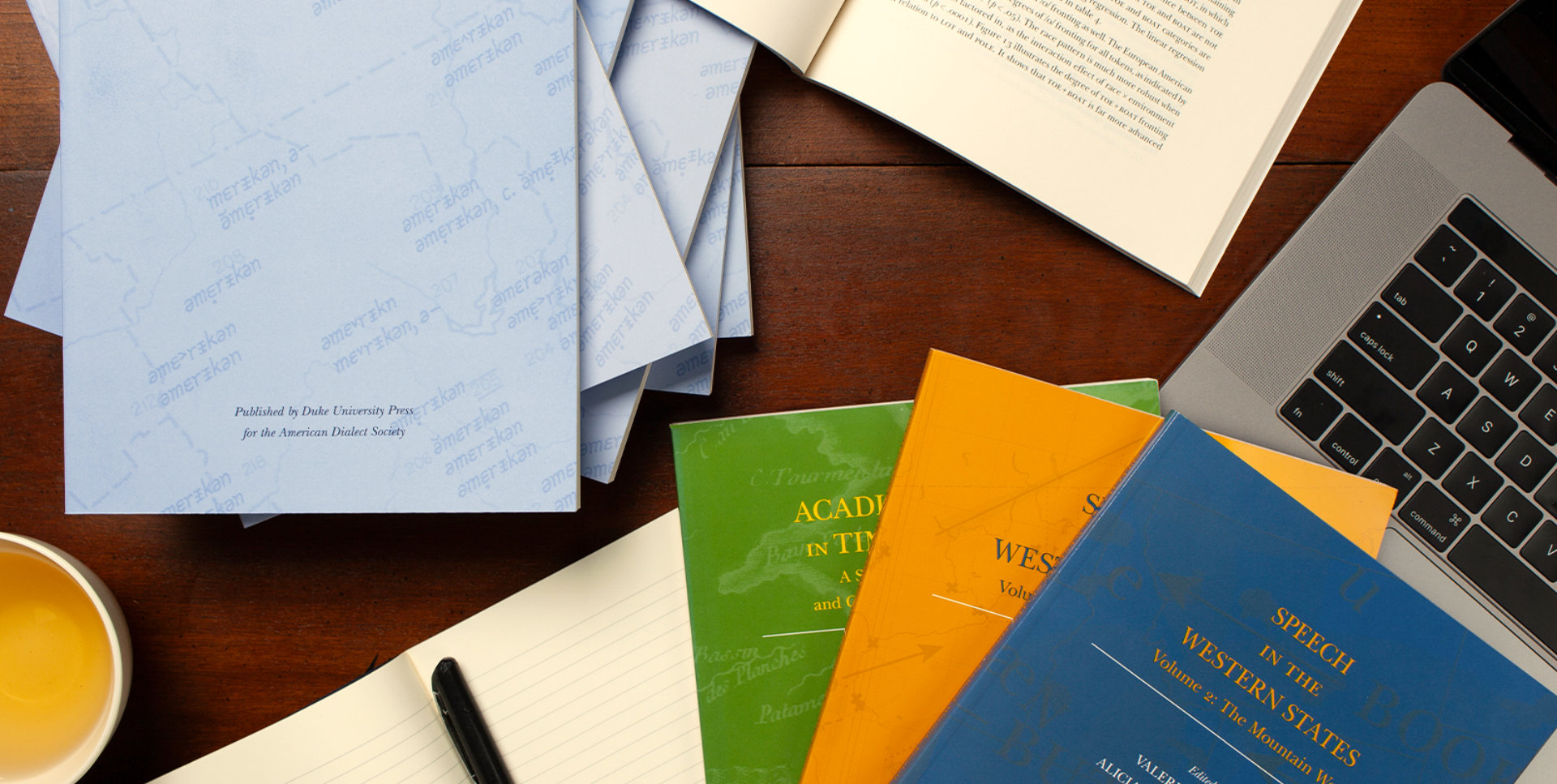This award was established to honor the best paper in American Speech in the previous year. The award will be based on some or all of the following: research excellence, exemplification of the mission of the journal, depth and thoroughness of the analysis, innovation, style, anticipated impact, and social relevance. The recipient of the award will be decided by committee consisting of the American Dialect Society president, past resident, and editor, managing editor and associate editor of the pedagogical section, for American Speech. The award has been funded by Professor Roger W. Shuy. The honor includes a cheque for $100 that is typically presented at the annual American Dialect Society luncheon by Professor Shuy.
We would like to thank the members of the committee this year for their excellent work: Katie Carmichael, Charles Carson, Alex D’Arcy, Tom Purnell, and Michael Adams.
The committee read and commented on all the research papers in American Speech this year, number 95, 1-4.
The Roger W. Shuy Best Paper in American Speech for 2020 was awarded to “Dative Country: Markedness and Geographical Variation in Southern Dative Constructions” by Jim Wood, Raffaella Zanuttini, Laurence Horn, and Jason Zentz, all of Yale University. Their abstract: “This article explores geographical variation in a range of understudied dative constructions in American English. It shows that these constructions are found primarily in the South and that they permit numerous syntactic variations and permutations. However, not all sentences and constructions have an equal status. In particular, the authors find that they lie on a continuum of markedness. More marked variants are judged acceptable by fewer speakers and have a more limited geographic distribution. And yet, even the most marked variants cannot be dismissed: the strong geographic nature of their distribution shows that they are a genuine part of the grammar of many speakers. Overall, this research contributes a more detailed picture of dative constructions in American English and a more nuanced picture of syntactic variation in Southern American English; moreover, the authors offer a novel approach to measuring geographical markedness in syntactic variation.”

